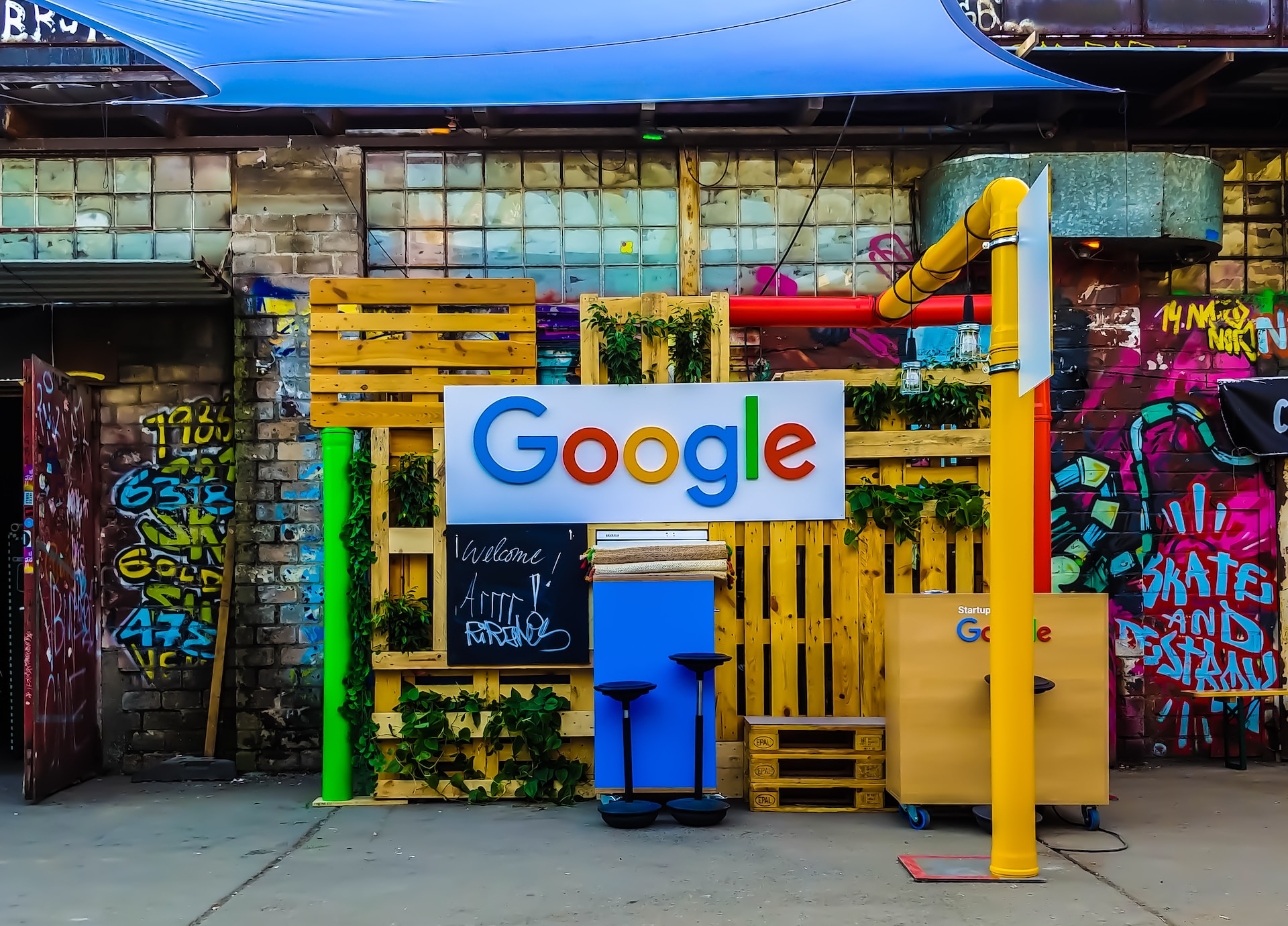Reshaping Work Dynamics: Google’s Return-to-Office Crackdown Sparks Employee Discontent!
Google, one of the world’s leading technology companies, is facing significant employee discontent as it enforces a strict return-to-office policy. This decision has sparked a wave of dissatisfaction among employees, leading to a deeper examination of work dynamics and the evolving expectations of the modern workforce.
The Work Landscape Transformation
The COVID-19 pandemic triggered a seismic shift in work dynamics, forcing organizations to swiftly adopt remote work practices. This transition brought about newfound flexibility, improved work-life balance, and increased productivity for many employees.
Google’s Controversial Return-to-Office Policy
In a bid to restore normalcy, Google recently implemented a return-to-office crackdown, mandating employees to resume in-person work. However, this decision has faced strong resistance from employees who have grown accustomed to the benefits of remote work and advocate for its continuation.
Employee Discontent and Concerns
Employees at Google are expressing discontent and voicing concerns about the return-to-office crackdown. Many argue that remote work has proven to be effective, allowing for greater productivity and a better integration of work and personal life. They also raise apprehensions about commuting, health risks, and the need for a flexible work environment.
Rethinking Work Flexibility and Collaboration
The employee discontent at Google highlights the need to reevaluate the balance between work flexibility and in-person collaboration. Remote work has demonstrated its potential to drive productivity, but the value of face-to-face interactions in fostering innovation and collaboration cannot be ignored. Striking the right balance is crucial for future work models.
Adapting to Employee Expectations
To address employee concerns, it is essential for organizations like Google to adapt to changing employee expectations. Listening to employees’ feedback, understanding their needs, and incorporating their preferences into work policies can lead to higher employee satisfaction, engagement, and ultimately, organizational success.
Embracing Hybrid Work Models
The resistance to Google’s return-to-office policy signals a growing demand for hybrid work models. A hybrid approach combines the benefits of remote work, such as flexibility and autonomy, with the advantages of in-person collaboration, fostering teamwork and social connections. Embracing this model can help reshape work dynamics and create a more inclusive work culture.
Redefining the Purpose of the Office Space
The discontent among Google employees necessitates a reevaluation of the purpose and design of physical office spaces. As remote work continues to be a preferred option for many, companies must reimagine offices as collaborative hubs, focusing on creating spaces that facilitate meaningful interactions, creativity, and employee well-being.
Nurturing Employee Engagement
Engaging employees in decision-making processes and fostering a culture of open communication and transparency is crucial during times of change. By involving employees in discussions about work arrangements and providing opportunities for feedback and dialogue, organizations can cultivate a sense of ownership and increase overall employee satisfaction.
Paving the Way for Future Work Practices
Google’s return-to-office crackdown and the subsequent employee discontent are indicative of larger discussions about the future of work. This presents an opportunity for organizations to reimagine work practices, experiment with flexible policies, and leverage technology to support a more balanced, employee-centric approach.
Collaboration for Success
Navigating the evolving work landscape requires collaboration between employers and employees. By working together, organizations like Google can create work environments that prioritize both individual preferences and collective goals. This collaborative approach will help shape the future of work and create a more harmonious relationship between companies and their employees.











